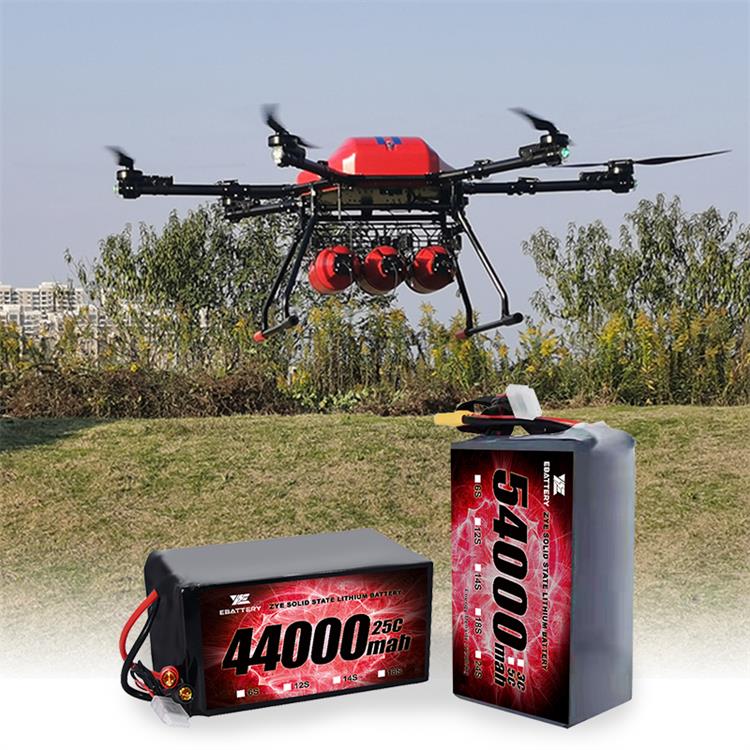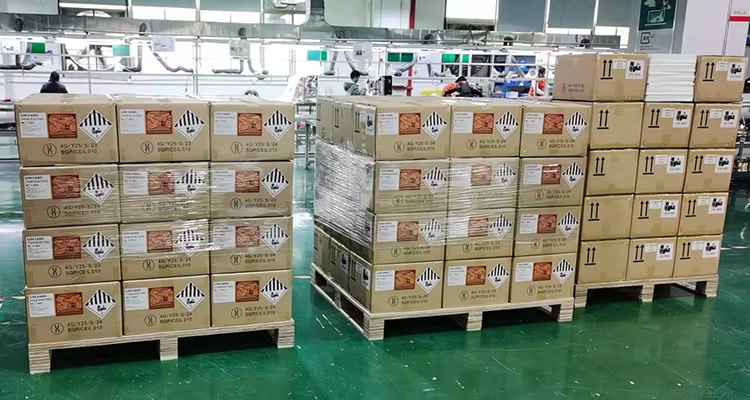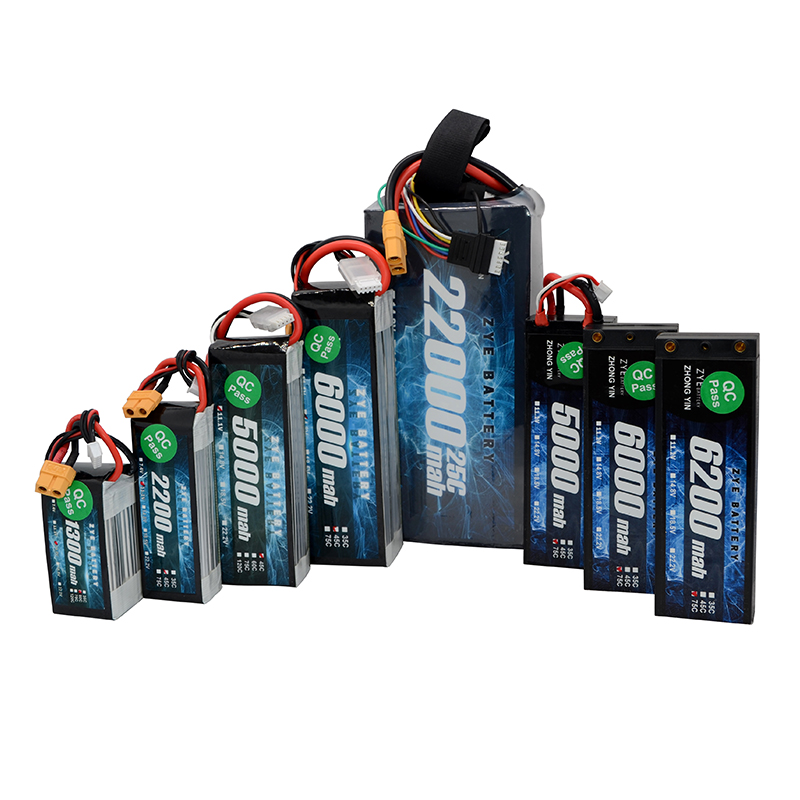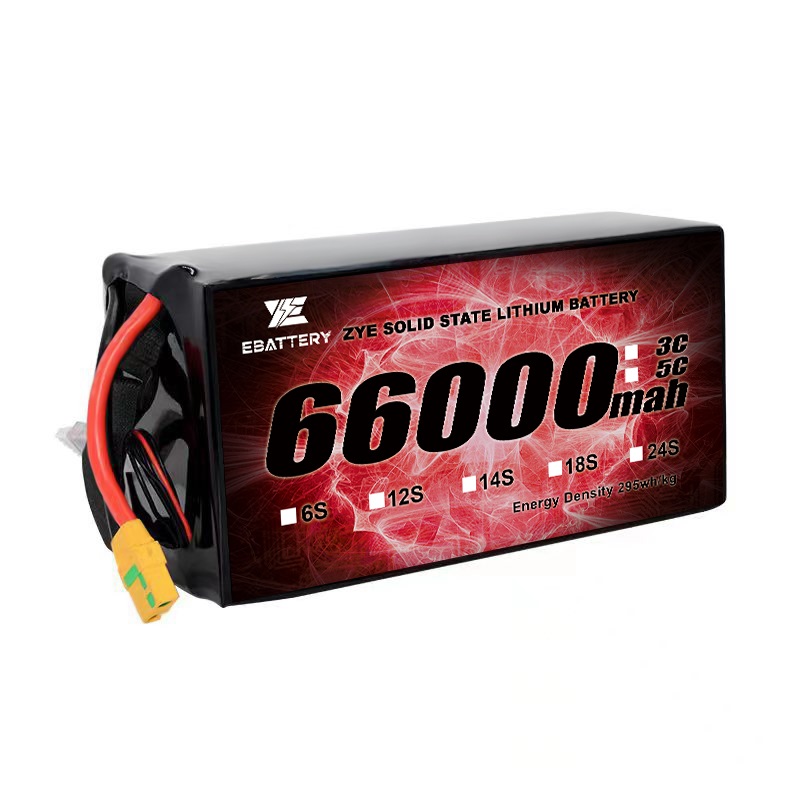Why Solid-State Batteries Are the Game Changer for Drones
2025-11-17
Don’t get me wrong—lithium-ion has been a workhorse for drones. It turned clunky hobby kits into tools that can deliver meds or scan farm fields. But after talking to dozens of drone operators over the past year, I’ve heard the same frustrations on repeat. A delivery team in Minnesota had to ground their fleet last January because -10°F temps killed lithium-ion charges in 12 minutes. A pharmacy drone service in Texas had a close call when a battery overheated mid-flight near a school. And nearly everyone complains about flight times: 20-30 minutes max, which means a 4-mile round trip is pushing it. For drone delivery to move beyond “pilot projects” and into daily life, we need a battery that doesn’t call the shots.

Enter solid-state batteries. This isn’t just a “better battery”—it’s a complete reset for how we power drones. The big shift? Instead of the liquid electrolyte that makes lithium-ion flammable and weather-sensitive, solid-state uses a dense, solid core (think ceramic or reinforced polymer). It’s like swapping a leaky plastic water bottle for a stainless steel thermos: tougher, no spills, and built to handle chaos. And for drone delivery? That small change unlocks possibilities we’ve only talked about—until now.
Let’s start with the most obvious win: flight time. Earlier this year, I worked with a pizza chain testing solid-state batteries on their delivery drones. Their old lithium setups could fly 3 miles round-trip, carrying one pizza box, before needing a recharge. With solid-state? They hit 8 miles—enough to cover three more neighborhoods per drone—and added a second box without cutting range. That’s not just “more time in the air”; that’s the difference between drone delivery being a novelty and a profitable part of their business. For small operators, doubling your delivery zone without buying more drones? That’s a bottom-line win you can’t ignore.
Safety is another non-negotiable. Last summer, a client delivering medical supplies in Florida had a scare: a lithium-ion battery started smoking mid-flight, forcing the pilot to land in a vacant lot. They switched to solid-state prototypes, and since then? No overheats, no leaks—even when a drone got caught in a thunderstorm and nosedived into grass. For drones flying over busy streets, schools, or hospitals, that peace of mind isn’t just nice—it’s required to get regulatory approval. Lithium-ion’s flammable liquid has always been a red flag for regulators; solid-state eliminates that risk entirely.
Then there’s weather— the silent killer of lithium-ion performance. That Minnesota client I mentioned? They tested solid-state batteries this past winter, and suddenly their drones were flying for 40 minutes in freezing temps—enough to cover their entire route without turning back. Down in Arizona, a grocery delivery service found solid-state batteries held 90% of their charge in 100°F heat, compared to 60% with lithium-ion. For drone delivery to work nationwide, you can’t have a system that shuts down when the weather gets extreme. Solid-state finally gives operators that consistency.

This isn’t just theory, either. The big battery players are turning prototypes into tools that delivery teams can actually use. CATL— the Chinese battery giant that powers half the world’s electric cars— rolled out a “condensed” solid-state battery hitting 500 Wh/kg earlier this year. Let’s translate that for drone operators: a standard lithium-ion battery tops out at 250 Wh/kg, giving you 30 minutes of flight. At 500 Wh/kg? You’re looking at 1.5 hours of flight time. Imagine a drone that can deliver packages to an entire small town in one trip, recharge in 45 minutes (solid-state charges way faster, too), and head out again. CATL is already testing these with Chinese drone firms, and early feedback is huge— one operator cut their daily charging stops from 8 to 3.
Now, let’s be real— there are still hurdles. Right now, solid-state batteries cost 2-3x more than lithium-ion. But that’s par for the course with new tech— remember when electric car batteries cost \(1,000 per kWh? Now they’re under \)150. CATL says their 500 Wh/kg battery will match high-end lithium-ion prices by 2026, and QuantumScape is targeting similar cost cuts as they ramp up production. Manufacturing scale is another challenge— right now, most solid-state batteries are made in small batches. But as more drone firms place orders, that’ll change fast.
Here’s the bottom line for anyone in drone delivery: the battery bottleneck is finally breaking. Over the next 3-5 years, solid-state will go from “nice-to-have” to “must-have” for any operator who wants to compete. The teams that adopt this tech early? They’ll be the ones delivering packages faster, covering more ground, and winning over customers— while competitors stuck on lithium-ion play catch-up.
For investors, this is a chance to get in on a sector that’s about to explode. For consumers, it means faster deliveries, more reliable service, and lower costs. And for us— the people building the future of delivery— it means finally seeing drone tech live up to the hype.
Lithium-ion got us here. But solid-state? It’s going to take drone delivery where we’ve always wanted it to go.
























































